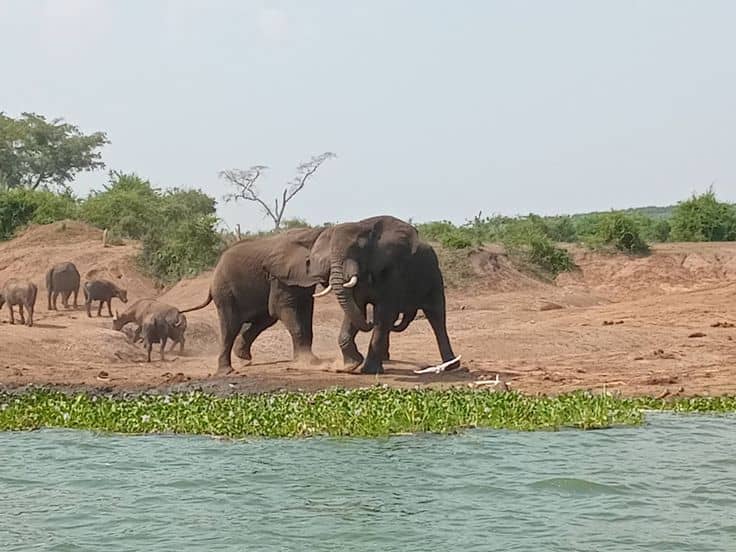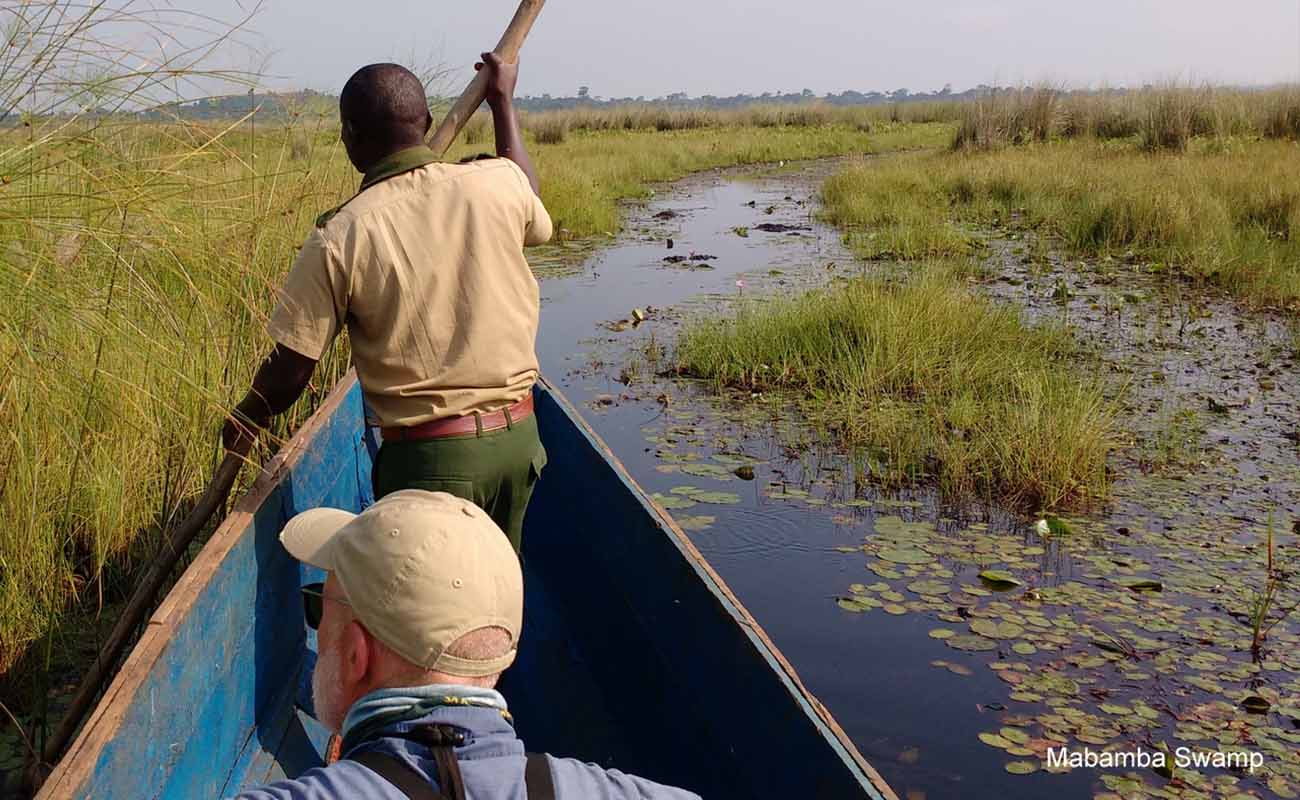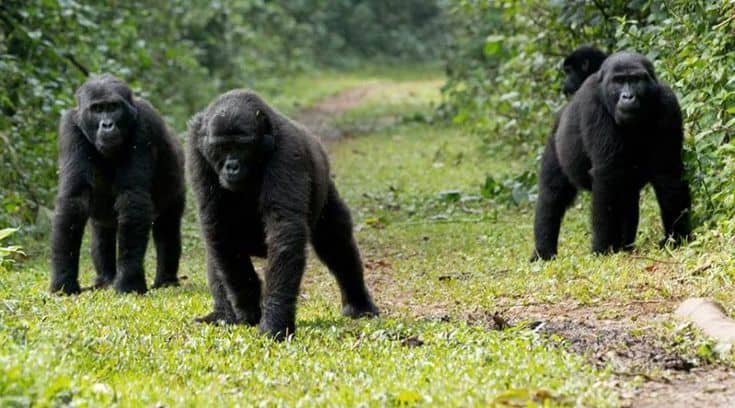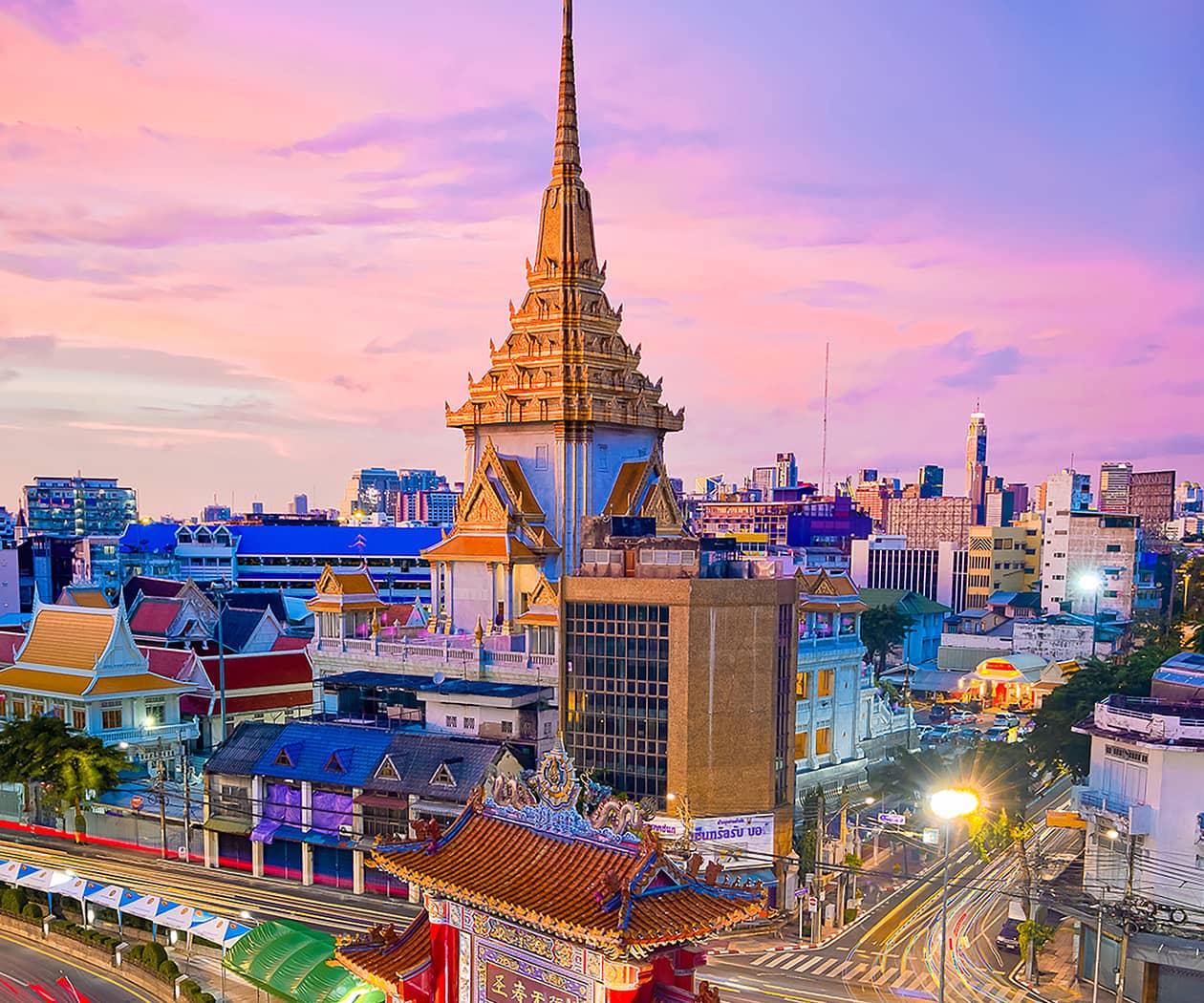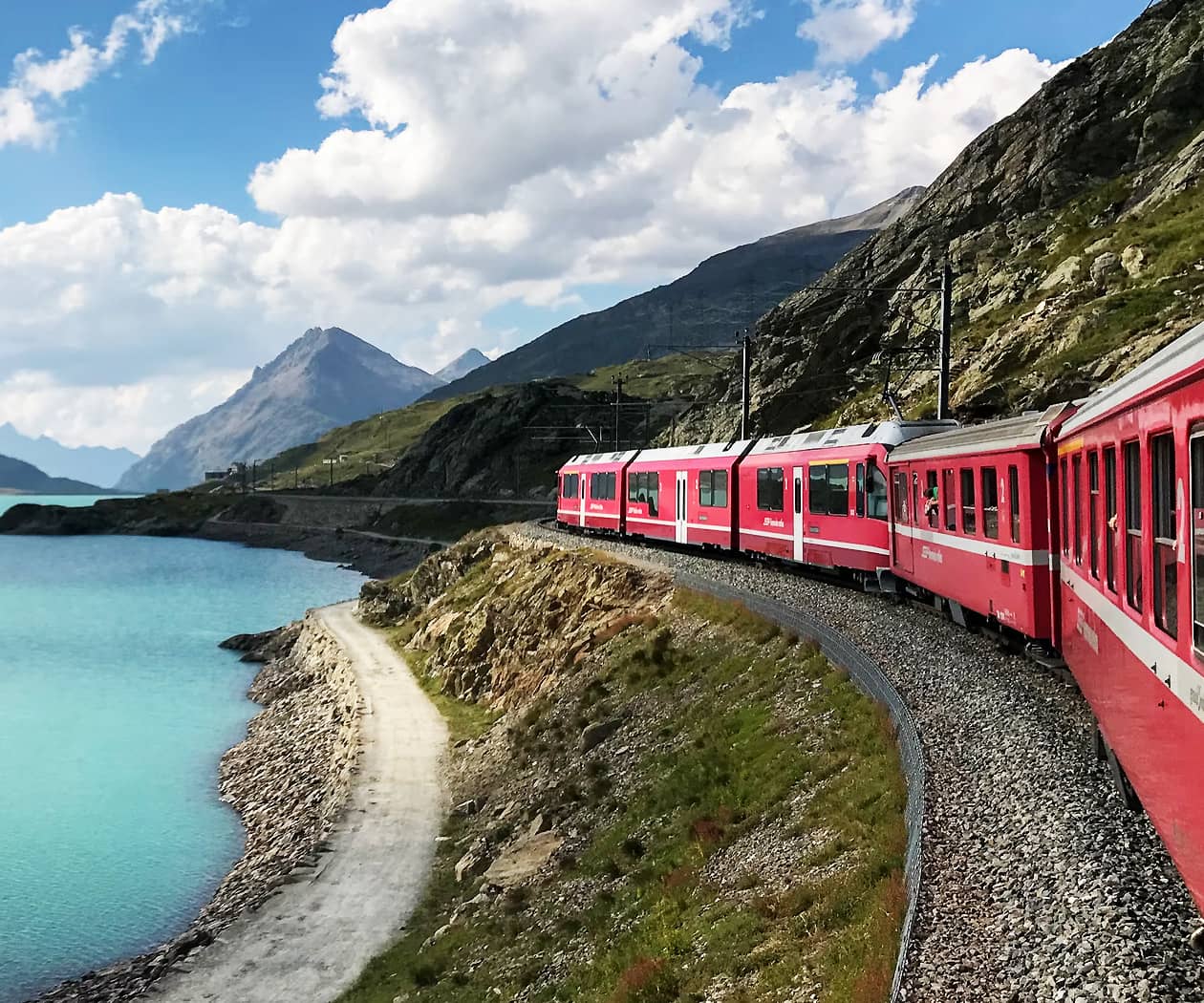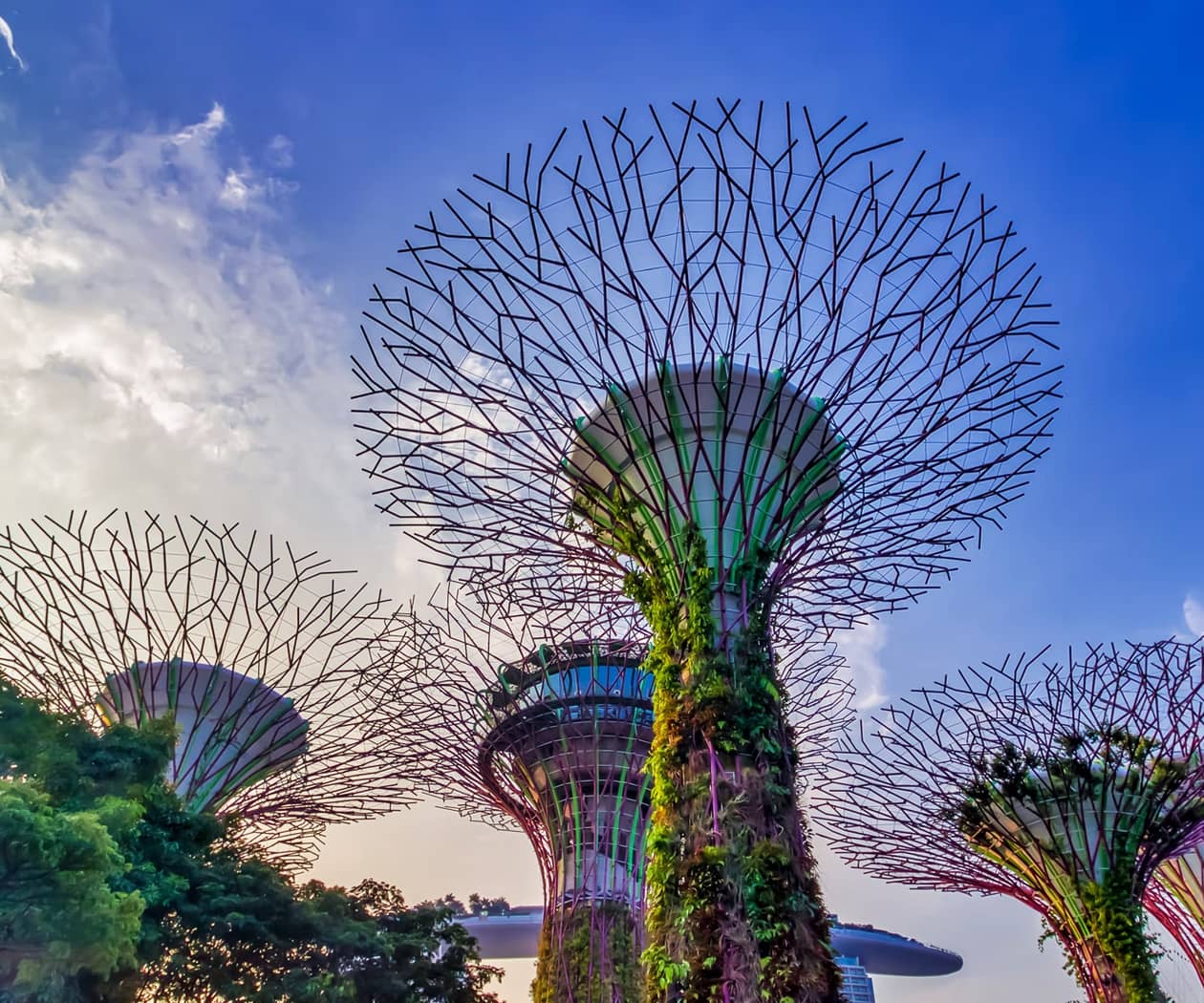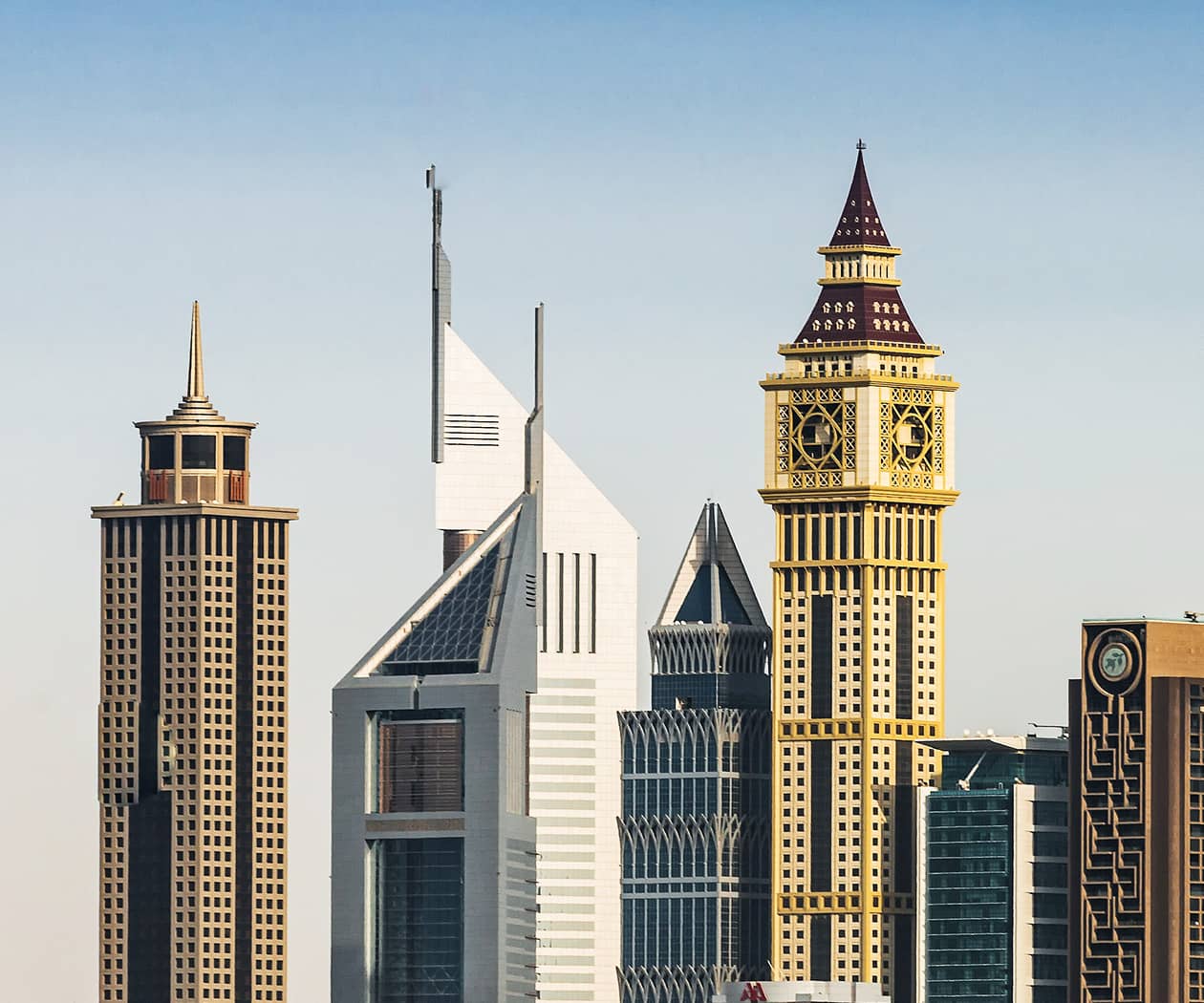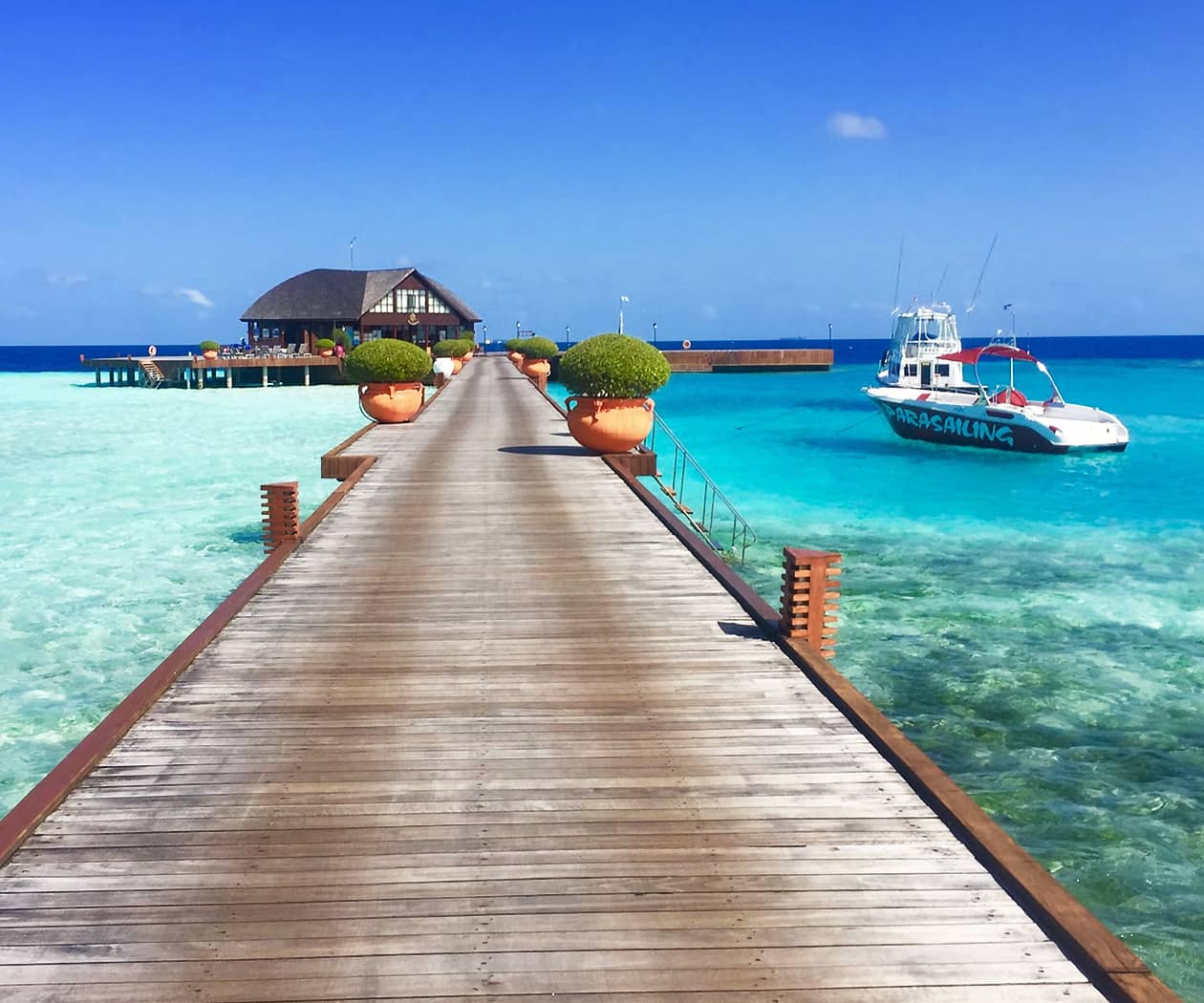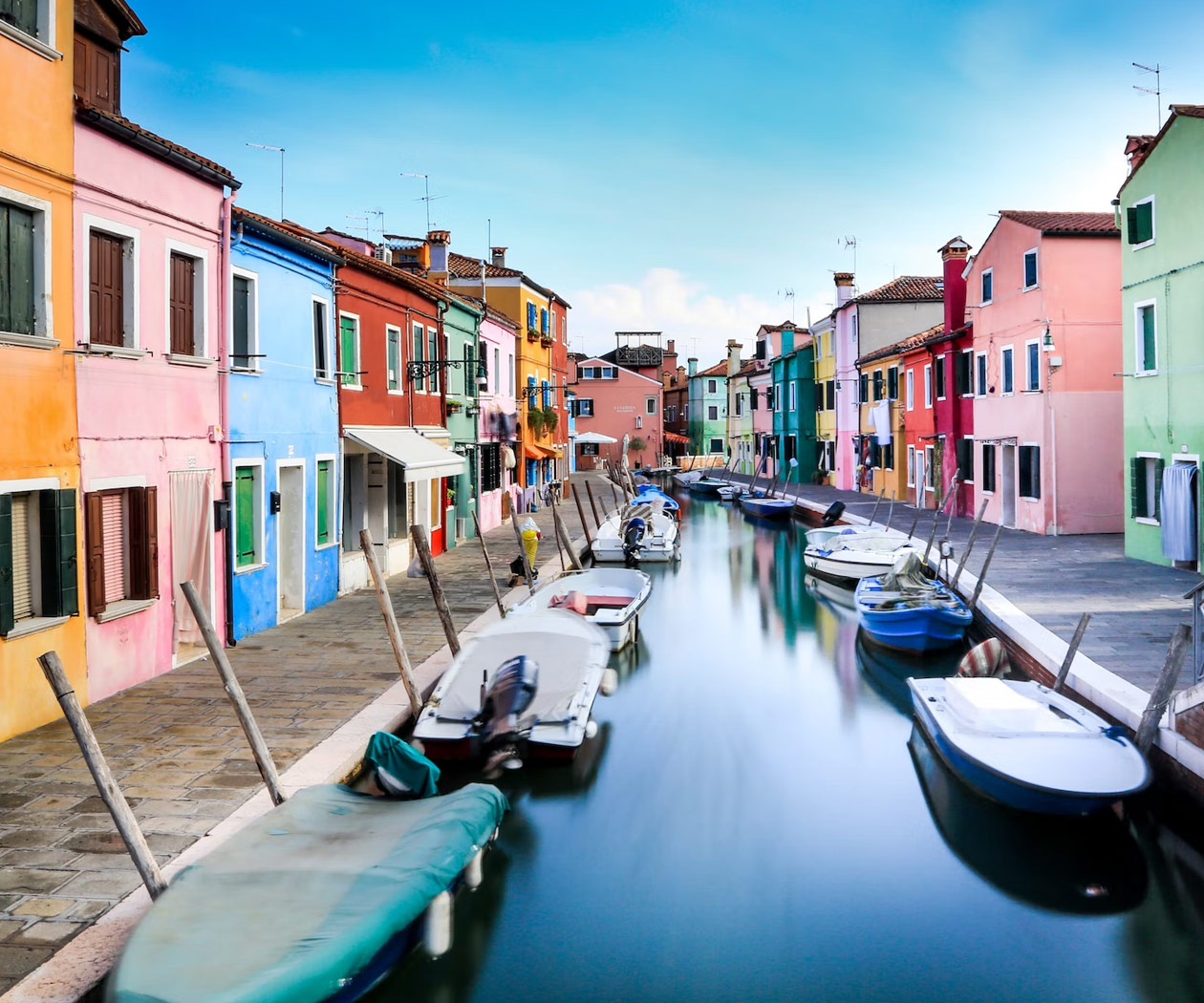Top 10 Questions About Gorilla Trekking Answered

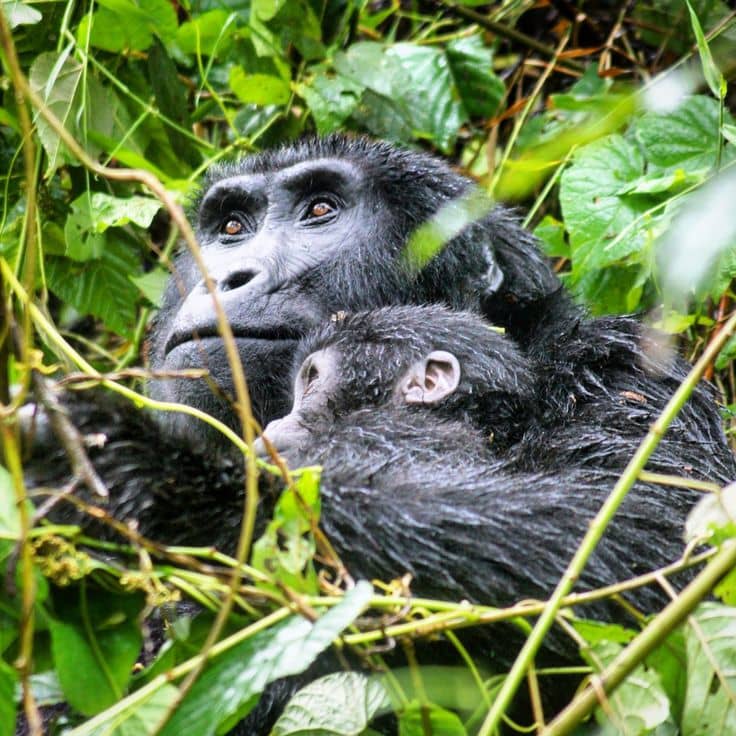
Dreaming of coming face-to-face with majestic mountain gorillas in their natural habitat? You’re not alone! As one of Africa’s most incredible wildlife experiences, gorilla trekking in Uganda sparks countless questions from first-time visitors. In this comprehensive guide, we’ve compiled the Top 10 Questions About Gorilla Trekking Answered to help you plan your adventure with confidence. From permit costs to fitness requirements and what to expect during your encounter, we cover everything you need to know before embarking on this life-changing journey.
1. Where is the Best Place to Go Gorilla Trekking in Uganda?
Uganda offers two spectacular locations for gorilla trekking:
-
Bwindi Impenetrable National Park (home to over half the world’s mountain gorillas)
-
Mgahinga Gorilla National Park (part of the Virunga Conservation Area)
Bwindi provides more trekking options with 19 habituated families, while Mgahinga offers a more intimate experience with just one habituated group. Both parks deliver unforgettable encounters as part of our Top 10 Questions About Gorilla Trekking Answered guide.
2. How Much Does a Gorilla Trekking Permit Cost?
Permit prices for 2024:
-
Uganda: $800 per person (cheapest in the region)
-
Rwanda: $1,500 per person
-
DR Congo: $400 per person (but less stable politically)
Pro Tip: Book at least 6-12 months in advance during peak seasons (June-August and December-February).
3. How Physically Demanding is Gorilla Trekking?
Trekking difficulty varies from moderate to challenging:
Duration: 1-8 hours roundtrip
Terrain: Steep, muddy trails at high altitude
Fitness Level: Good mobility required, but porters are available to assist
“Even our oldest client at 78 completed the trek successfully with proper pacing,” says park ranger John Mugisha.
4. What Should I Pack for Gorilla Trekking?
Our essential packing list:
-
Waterproof hiking boots
-
Gardening gloves (for pushing through vegetation)
-
Rain jacket (Bwindi means “place of darkness” for good reason!)
-
Camera with silent shutter
-
Energy snacks and 2L of water
5. How Close Will I Get to the Gorillas?
You’ll be amazed by the proximity:
7 meters is the minimum required distance
Gorillas often approach closer on their own
One full hour of observation time
Remember: No flash photography, loud noises, or sudden movements.
6. What Are the Health Requirements?
Critical health precautions:
-
Mandatory: Proof of COVID-19 vaccination
-
Strongly Recommended: TB vaccination
-
Prohibited: Trekking while sick (gorillas share 98% of our DNA and can catch human illnesses)
7. When is the Best Time to Go?
Seasonal considerations:
Dry Seasons (June-August/December-February): Easier trekking conditions
Wet Seasons: Fewer crowds, lush photography backdrops
Local Insight: “September trekkers often have gorilla families to themselves,” says guide Sarah Kembabazi.
8. Can Children Go Gorilla Trekking?
Age restrictions apply:
-
Uganda: 15+ years
-
Rwanda: 12+ years
Families with younger children can enjoy gorilla habituation experiences (4 hours with researchers) or community visits.
9. How Does Gorilla Trekking Benefit Conservation?
Your visit makes a direct impact:
-
$10 from each permit funds local clinics
-
20% of park revenue supports community projects
-
Gorilla populations have increased by 60% since 1985
10. What Makes Uganda Better Than Rwanda for Trekking?
Uganda offers unique advantages:
More affordable permits ($800 vs $1,500)
Greater variety of gorilla families
Combination safaris with chimpanzees and wildlife
Final Thoughts
We hope this guide featuring the Top 10 Questions About Gorilla Trekking Answered has prepared you for your adventure. Remember that gorilla trekking isn’t just a tour – it’s a privilege that supports vital conservation work.
Ready to book? Contact us for a personalized itinerary featuring Uganda’s best gorilla trekking experiences!
